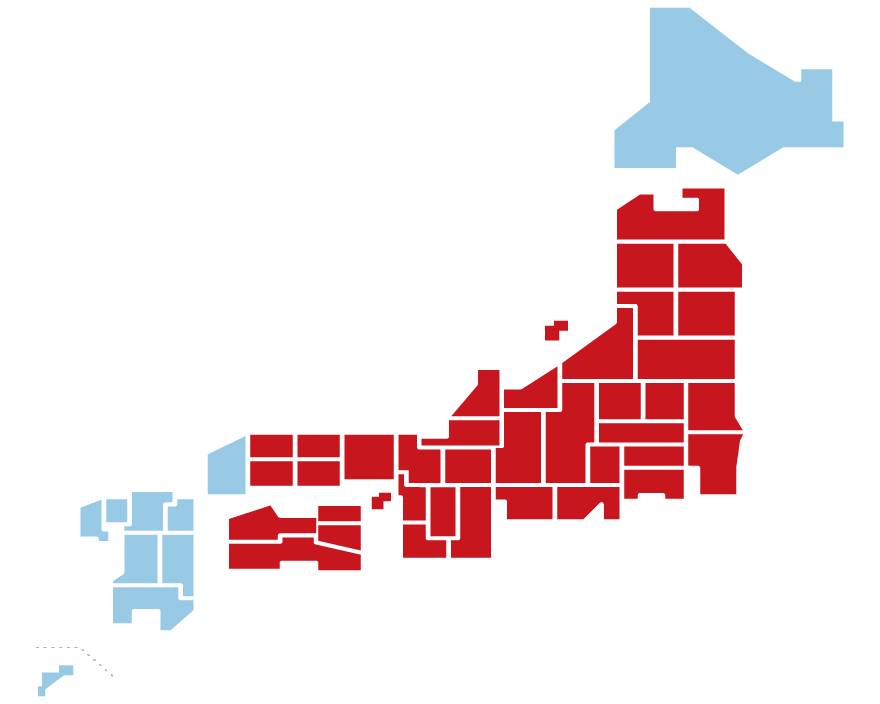|
フォーマット |
CD |
|---|---|
|
構成数 |
1 |
|
国内/輸入 |
輸入 |
|
パッケージ仕様 |
- |
|
発売日 |
2012年04月19日 |
|---|---|
|
規格品番 |
HATART184 |
|
レーベル |
|
|
SKU |
4589538730789 |
ロマン派的初期作品から12音技法炸裂の後期作品まで、珠玉のピアノ作品を一挙に収録
バッハからブーレーズまで幅広く活躍する実力派ピアニスト、ピ=シェン・チェンによるシェーンベルクピアノ作品集。後期ロマン派の響きを残す初期の作品から、12音技法によってそれを凌駕した後期作品までを一度に堪能できる、シェーンベルクファン必聴の1枚です。シェーンベルクといえば12音技法を創始し、無調音楽を開拓した大音楽家として20世紀音楽を語るに欠かせない存在。彼が無調音楽に身を投じ始めたのは1908年頃からと言われますが、今回2番目に収録された「3つのピアノ曲op.11」からは明らかにその流れを感じ取ることが出来ます。最初に収録された「3つのピアノ曲」と聴き比べれば、作風の差は歴然。未出版の「3つのピアノ曲」に関しては、シェーンベルクがこんな曲を書いていたのか!と驚かされるほど、抒情的でロマンティックな作品です。「組曲」はシェーベルクが全曲に12音技法を用いた初めての作品。以降、彼は12音技法に没頭していくこととなります。
本CDではピ=シェン・チェン渾身の名演にも注目。初期作品は情感たっぷりな演奏に魅せられる一方、後期作品では非常に力強い音色と安定した演奏技術に圧倒されます。シェーンベルクの作風の変化を見事に表現しきった熱演によって、シェーンベルクの圧倒的な音楽性を堪能できる名盤といます!
キングインターナショナル
構成数 | 1枚
合計収録時間 | 00:00:00
The performances of dissonance's great architect, Arnold Schonberg, reveals something unnoticed, or at least uncommented upon by others playing and/or writing about this material on previous recordings: that, of the six major piano works he composed between 1894 and 1931, each of them reflects deeply on his musical discontent with the past and foreshadow directly his next chamber or orchestral moves. While it's true that in "Drei Klavierstuck" (1894) we hear little of the atonal series of notes that came in his next work, in 1909, where we can hear Pi-Hsien Chen's performance, is the dismantling of Wagner's already systemic approach to disengaging harmony from Beethoven, not to bring it back, but to further accent the tenuousness of a harmonic system that does not work to free itself from tonal captivity. We can hear this best in the fragment studies included at the end of each major piece that presage the next. For instance, before "Drei Klavierstuck," Op. 11, 1909, there are six such fragments that precede the actual work, all composed between 1900 and 1909. The gradual reduction of harmony to its essence and reconstruction into something that contains all of Western music's developmental idea on the subject thus far, and an extrapolation on what he perceived their shortcomings to be. Opus 11 marks the first of the "atonal" piano pieces, and some argue the first atonal work ever recorded. As evidence of his piano works -- no matter how small -- signifying major changes in his compositional strategies, this work contains the presages of two important orchestral works, "Pierrot Lunaire," Op. 21, and "Funfe Orchestrucke," Op. 16. There are two fragments which follow this sonata composed in that same year and in 1910, respectively, that offer the germination of the idea for "Sechs Kleine Klavierstuck," Op. 19, 1911, perhaps the most beautifully spectral of Schulenburg's piano sonatas. Hear are the complaints of the composer's notion that there needed to be an "emancipation of dissonance," citing Wagner's Tristan as the very terrain upon which modern dissonance had made an acceptable and even sought-after appearance. But here Schoenberg highlights the more haunted side of his note system. By the third of these sonatas, Anton Webern and his radical notion of a 12-tone system bearing out Schoenberg's theories had appeared under the composer's tutelage. Opus 23, "Funf fur Klavierstuck," composed between 1920-1923, reveal the entire tonal range of the 12-tone system and its new braches of harmonic theory coming into play in a major work. Again, on this recording the three preceding fragments offer an intimate look at its development microtonally as well as architecturally. Pi-Hsien Chen has given us the microscopic look into the compositional world of Schoenberg via not only his major works, which all six of the sonatas are a part of, but their incremental developmental stages, their links to one another in the creation of 12-tone or serial composition, and their full fruition by the time of 1936, "Fur Klavierstuck," Op. 33a and 33b, where the piano constructs a musical vision of the mystical and descends back into itself as if it were contained within the human hear for eternity and a day. His performances are sensitive -- perhaps a bit too, in some places -- and render a profound understanding of the material. The recording quality is Hat's typical top-notch chop with the sound being warm and resonant even in the high register; a fine job all around. ~ Thom Jurek
シェーンベルク:
1. 3つのピアノ曲
2. 3つのピアノ曲(1909)Op.11
3. 6つの小さなピアノ曲 Op.19
4. 5つのピアノ曲 Op.23
5. 組曲 Op.25
6. ピアノ曲 Op.33a
7. ピアノ曲 Op.33b
【演奏】
ピ=シェン・チェン(Pf)
【録音】
1996年5月21日, 7月3日, 10月5日
-
1.[CD]
欲しい物リストに追加

コレクションに追加
サマリー/統計情報
 セブン-イレブン受け取り
セブン-イレブン受け取り
お早めのご注文で発売日前日にお届けいたします
山口県・四国・九州・沖縄県
フラゲ注文受付期間は地域によって異なります。
お住まいの地域をご確認ください。

発売日前日
にお届けします発売日当日
にお届けしますフラゲ注文受付期間は地域によって異なります。
お住まいの地域をご確認ください。

